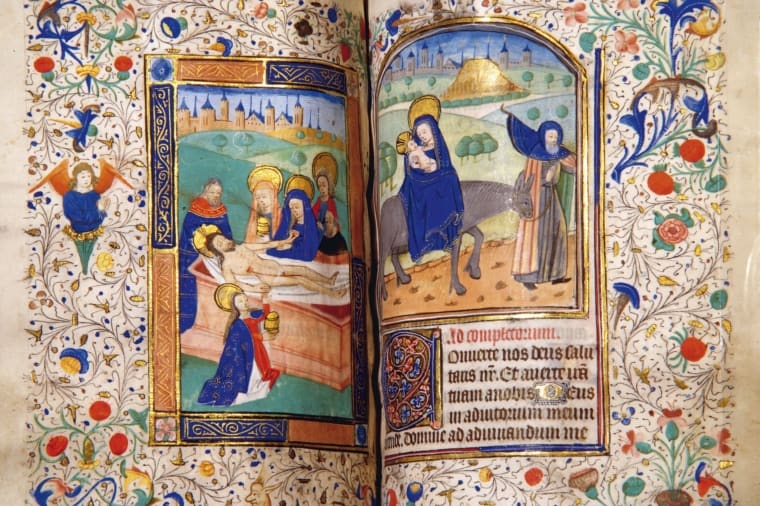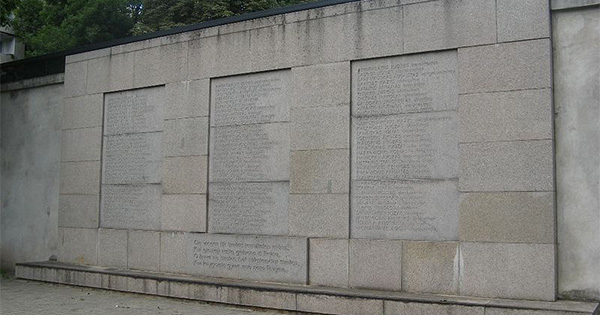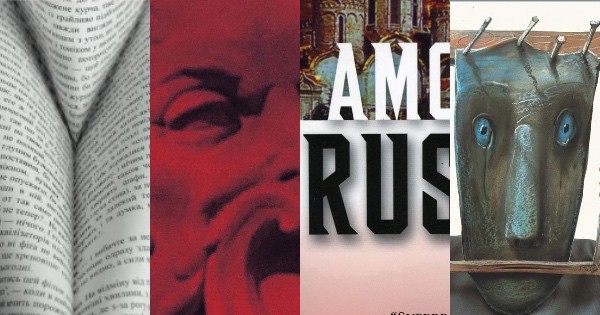A student has discovered secret inscriptions within a prayer book taken by Anne Boleyn to her execution.
The secrets were uncovered by Kate McCaffrey, a former steward at Hever Castle, using an ultraviolet light and reveal the names of women loyal to the Queen between whom the book was shared in an attempt to preserve her memory. McCaffrey had spent a year at Anne’s childhood home studying the two Book of Hours prayer books.
The publication of the research marks the anniversary of the Queen’s execution on the 19th of May, 1536.

McCaffrey said of the discovery: “It was incredibly exciting and surreal to uncover these erased inscriptions, and it has been an absolute privilege to restore the names of their authors and recover their stories.”
“What is perhaps most remarkable is that these inscriptions have been unknown and unstudied for so long.”
Legend says Anne Boleyn, who was Queen for 1000 days, inscribed the books with “remember me when you pray” and took them with her to her execution where she handed one to a lady-in-waiting who protected it from being destroyed.
McCaffrey studied the books for her thesis in Masters in Medieval and Early Modern Studies at the University of Kent, where she discovered three family names that were so faded that they were invisible to the naked eye. The names were Gage, West, and Shirley, all centred around a fourth name, the Guildford family of Cranbrook in Kent.
McCaffrey concluded that the book was passed from woman to woman within families local and loyal to the Boleyn family.
She explained: “It is clear that this book was passed between a network of trusted connections, from daughter to mother, from sister to niece.”
“If the book had fallen into other hands, questions almost certainly would have been raised over the remaining presence of Anne’s signature.”
“Instead, the book was passed carefully between a group of primarily women who were both entrusted to guard Anne’s note and encouraged to add their own.”
She added: “In a world with very limited opportunities for women to engage with religion and literature, the simple act of marking this Hours and keeping the secret of its most famous user, was one small way to generate a sense of community and expression.”
Dr David Rundle, Kate’s thesis supervisor said: “It is every graduate student’s dream to uncover previously hidden information about a well-known historical figure.”
“What Kate has discovered has potentially highly significant implications for our understanding of Anne Boleyn and her posthumous reputation.”

Jurgis Bielinis and the Day of the Book Smugglers

Could AI be the Next Big Thing in the Literary World?

10 Books by Celebrated LGBTQ Writers

Debate: Can Books Be Considered ‘Decor’?


